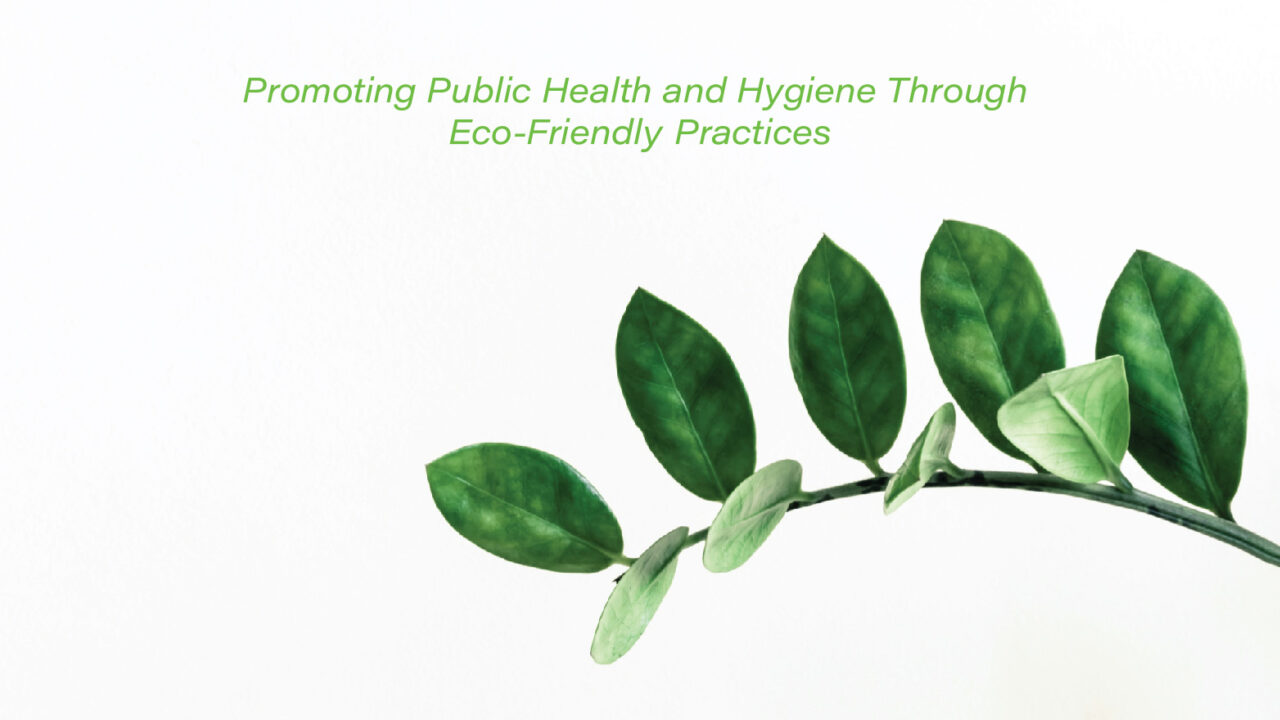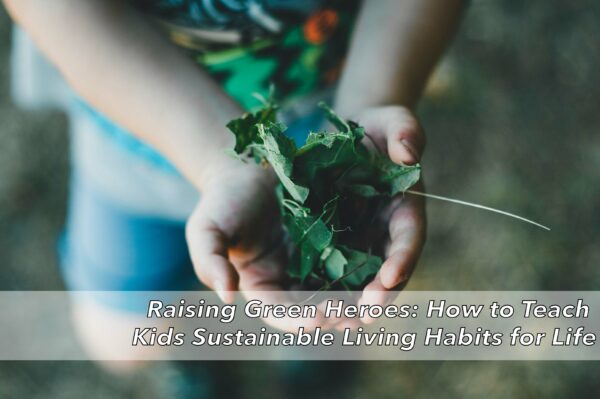Maintaining public health and hygiene is crucial for preventing diseases and ensuring a high quality of life for communities. However, traditional methods of achieving cleanliness often come with environmental costs, including pollution and the depletion of natural resources. By adopting eco-friendly practices, we can protect both human health and the environment. Here’s how we can promote public health and hygiene in a sustainable way.
1. Use Natural Cleaning Products
Traditional cleaning products often contain chemicals that can be harmful to both health and the environment. These chemicals can cause respiratory issues, skin irritations, and other health problems. Additionally, when these products are washed down the drain, they can pollute water sources.
Eco-Friendly Alternative: Switch to natural cleaning products made from ingredients like vinegar, baking soda, and essential oils. These substances are effective at killing germs and removing dirt without the harmful side effects. For example, a mixture of vinegar and water can be used as an all-purpose cleaner, and baking soda can be used to scrub surfaces.
2. Promote Hand Hygiene with Eco-Friendly Soap
Hand hygiene is a cornerstone of public health, especially in preventing the spread of infectious diseases. However, many conventional soaps contain synthetic fragrances and antibacterial agents that can disrupt ecosystems when they enter water systems.
Eco-Friendly Alternative: Opt for biodegradable soaps made from natural ingredients. These soaps are gentle on the skin and the environment. Encourage the use of bar soaps over liquid soaps, as they typically have less packaging waste.
3. Implement Waste Reduction Strategies
Excessive waste, particularly plastic waste, poses significant health risks by contaminating soil and water sources. Reducing waste can minimize these risks and promote a cleaner, healthier environment.
Eco-Friendly Alternative: Implement recycling programs and encourage the use of reusable items. For instance, replace disposable plastic bottles with refillable water bottles and single-use plastic bags with reusable cloth bags. Composting organic waste can also reduce the amount of garbage sent to landfills and provide nutrient-rich soil for gardens.
4. Encourage Eco-Friendly Personal Hygiene Products
Personal hygiene products such as toothpaste, deodorants, and shampoos often contain microplastics and other pollutants that harm aquatic life and ecosystems.
Eco-Friendly Alternative: Choose personal care products that are free from harmful chemicals and packaged in sustainable materials. Products like bamboo toothbrushes, natural deodorants, and solid shampoo bars can significantly reduce your environmental footprint.
5. Adopt Green Cleaning Practices in Public Spaces
Public spaces like parks, schools, and offices require regular cleaning to maintain hygiene. However, conventional cleaning practices can lead to the release of harmful chemicals into the environment.
Eco-Friendly Alternative: Use green cleaning services that employ eco-friendly products and methods. For instance, steam cleaning can effectively disinfect surfaces without chemicals, and microfiber cloths can reduce the need for cleaning agents.
6. Promote Sustainable Water Practices
Water is a vital resource for hygiene, but it’s often wasted. Ensuring sustainable water use can help maintain public health without depleting this precious resource.
Eco-Friendly Alternative: Install water-saving fixtures such as low-flow faucets and toilets. Encourage practices like turning off the tap while brushing teeth and taking shorter showers. Rainwater harvesting systems can also provide an eco-friendly source of water for non-potable uses.
7. Enhance Air Quality with Green Solutions
Indoor air quality is crucial for health, but many cleaning products release volatile organic compounds (VOCs) that can degrade air quality.
Eco-Friendly Alternative: Use air-purifying plants like spider plants, peace lilies, and snake plants to naturally improve indoor air quality. Additionally, choose paints and furnishings with low or no VOCs.
8. Promote Public Awareness and Education
Education is key to driving change. By raising awareness about the benefits of eco-friendly practices for public health, communities can be empowered to make better choices.
Eco-Friendly Alternative: Conduct workshops, seminars, and campaigns that highlight the importance of sustainable hygiene practices. Provide resources and tips for individuals and organizations to implement these practices in their daily lives.
Balancing public health and environmental sustainability is essential for the well-being of current and future generations. By adopting eco-friendly hygiene practices, we can protect our health while preserving the environment. Simple changes, such as using natural cleaning products, reducing waste, and promoting sustainable water use, can make a significant difference. Together, we can create healthier, greener communities.



